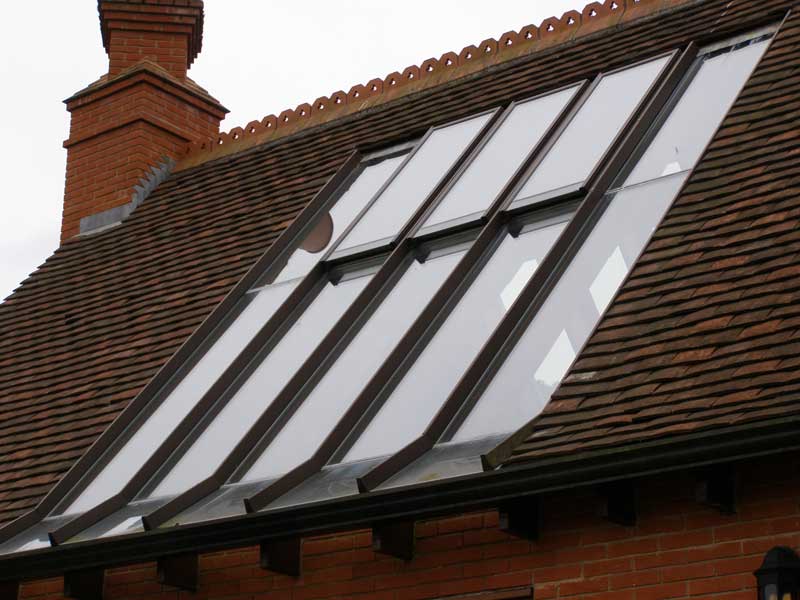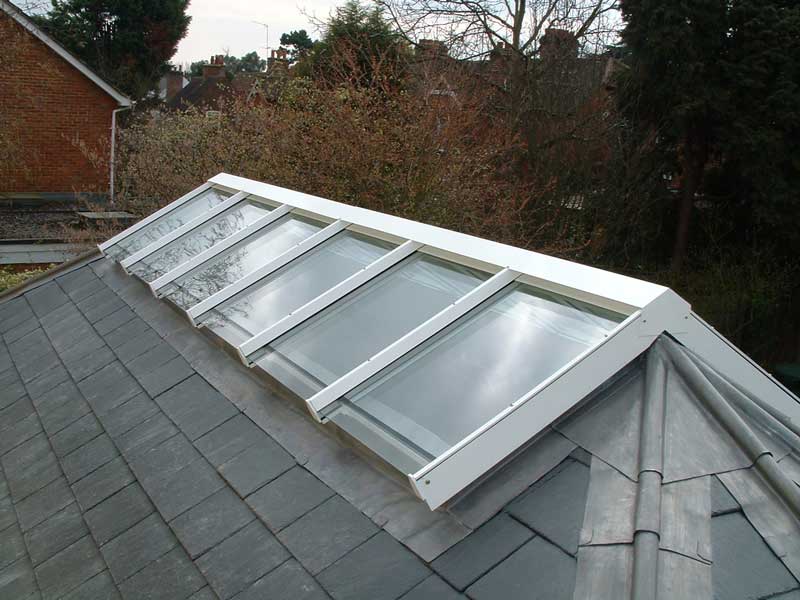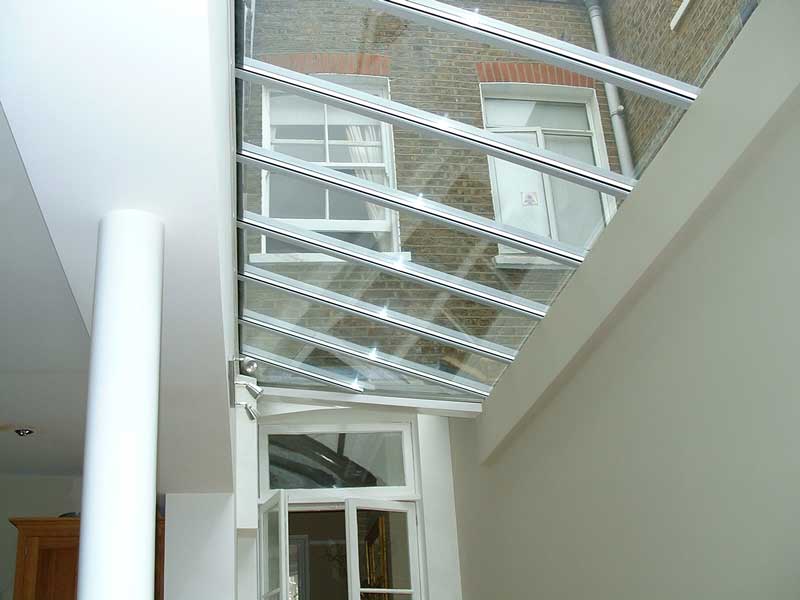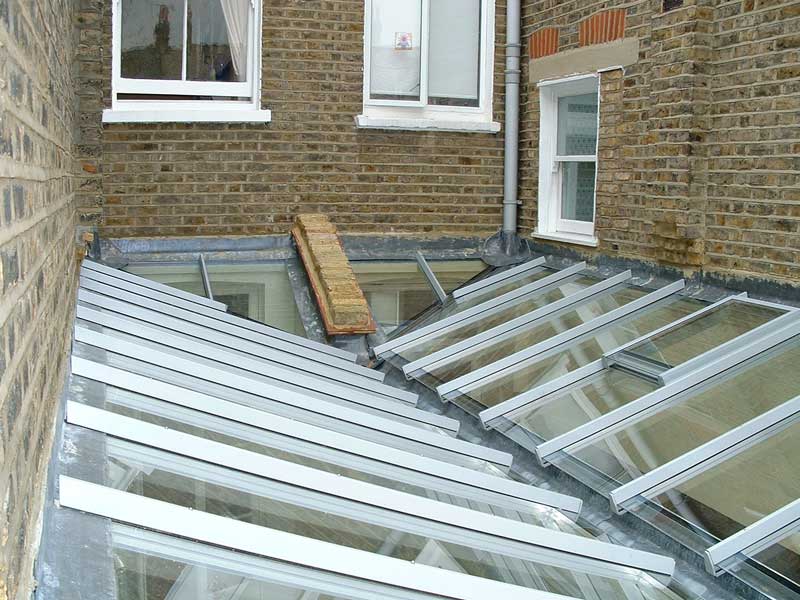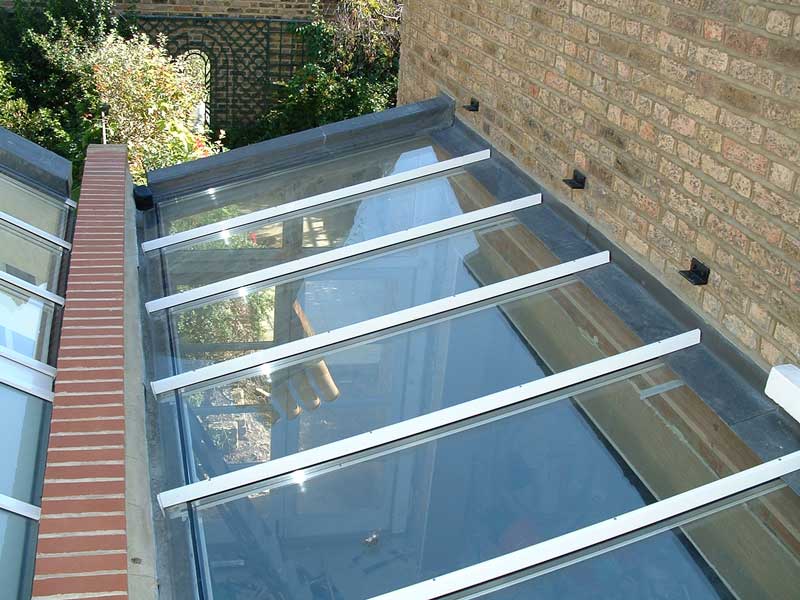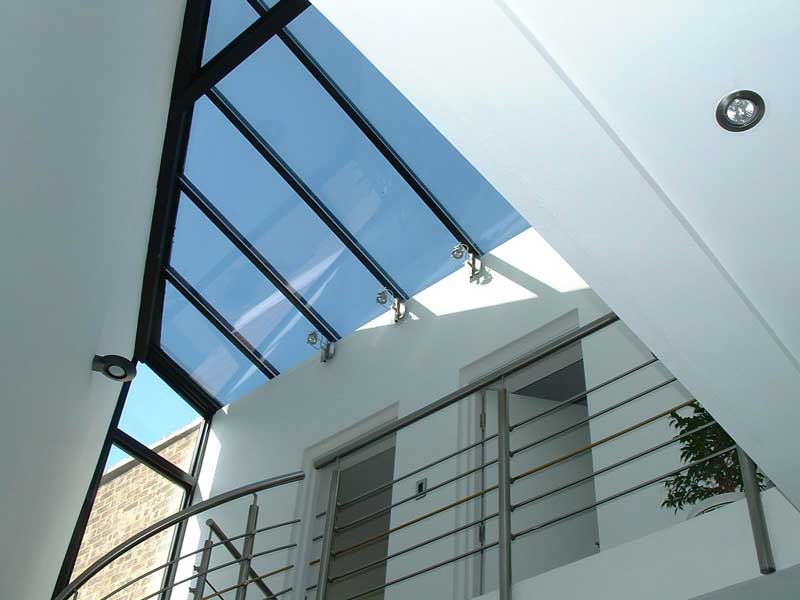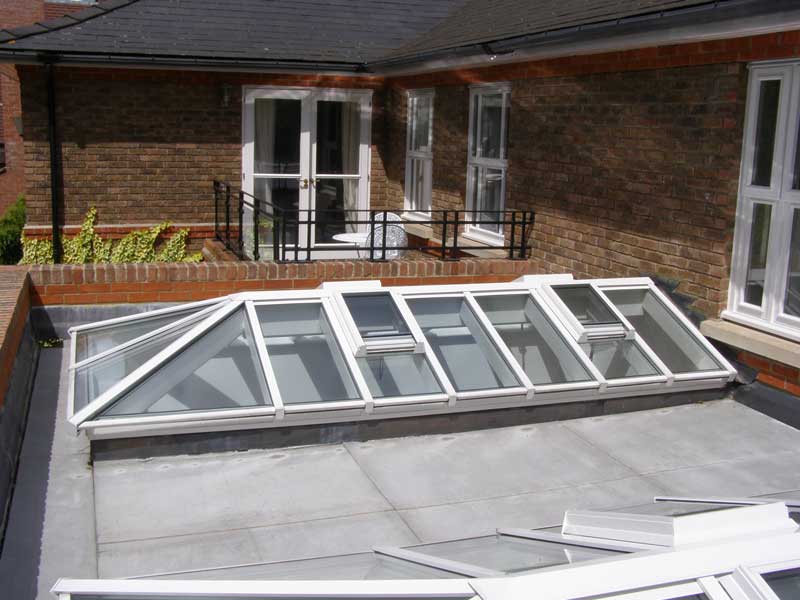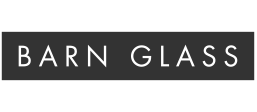The Barn system
The Barn system of Patent Glazing and Rooflights is a self draining system of dry glazing for pitched and vertical applications. Based on the traditional bar style having the stalk or structural element to the outside of the construction.
This product is offered on a supply only or supply and fix basis, for both refurbishment schemes and new construction projects. Barn, over the last 60 years, have developed three basic bar designs, which includes the new 'RB' system.
LW Range:
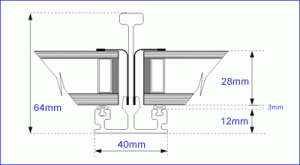 Aluminium extrusion with lead wing rolled into the profile. The LW Range is an unsupported glazing bar, without capping, which doesn’t need to be supported by timber supports, giving a traditional look.
Aluminium extrusion with lead wing rolled into the profile. The LW Range is an unsupported glazing bar, without capping, which doesn’t need to be supported by timber supports, giving a traditional look.
CB Range:
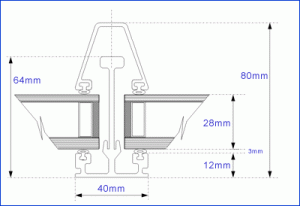 Aluminium extrusion with continuous pressure cap. The CB Range is an unsupported glazing bar and capping, which doesn’t need to be supported by timber supports, giving a contemporary look.
Aluminium extrusion with continuous pressure cap. The CB Range is an unsupported glazing bar and capping, which doesn’t need to be supported by timber supports, giving a contemporary look.
RB Range:
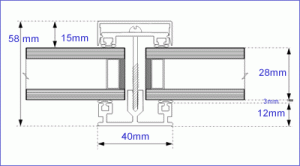 Aluminium extrusion with continuous pressure cap, designed to fix directly to a supporting rafter.
Aluminium extrusion with continuous pressure cap, designed to fix directly to a supporting rafter.
Description
- System can be used in compliance with BS5516:1991
- Glazing bars are manufactured from aluminium alloy 6063/T6. 6060/TA
- System extruded in accordance with BS1474 tolerances
- Self draining water channels incorporated within bar construction
- Glass supported on TPR gaskets conforming to BS7412
- Purpose made fixing plates and angles can be welded to glazing bars
- Aluminium sections supplied in mill finish, white or standard colour polyester powder coating
- As an option, opening lights can be supplied complete with long arm pole operation, endless cord or electrical gear
- All nuts/bolts and screw fixings stainless steel
- System designed to accommodate 6/7mm single glazing or 28mm double glazing
Sizing table
The table is a general guide only and is based on normal exposure ratings having bar centres at 622mm and pitched at 20 degrees.
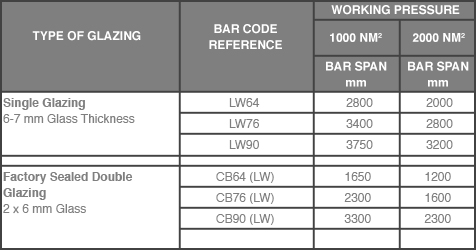
Authority BS5516/1991. The system can be used in compliance with the foregoing British Standard but our maximum recommended span sizes will not necessarily comply under certain conditions. (No maintenance or incidental loadings are considered in the foregoing table.)
Save
Save
Save
